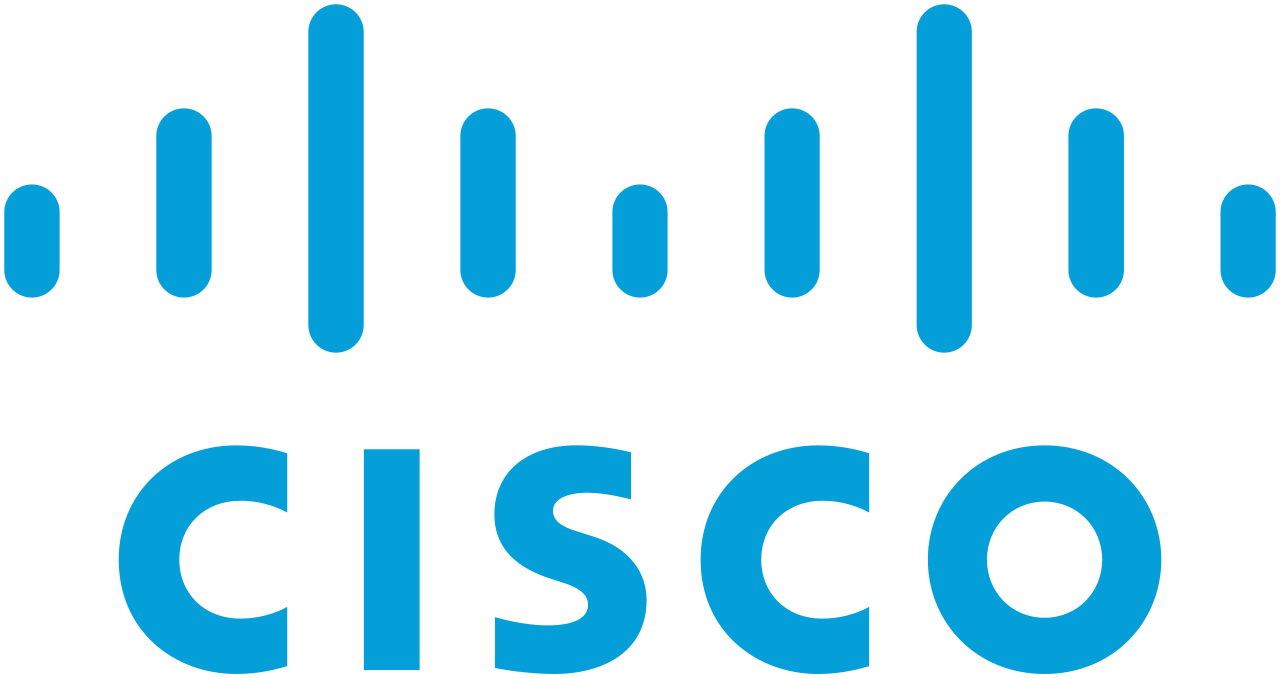What is digital transformation but a desire on the part of companies to be more agile and innovative, and to offer the best possible customer experience? It’s a fact: companies can be made or broken on the wheel of digital transformation. True evolution on the digital front can make a company more profitable, and bring a nice boost to its reputation; however, this chase after the “big three” of agility, mobility and flexibility can leave a company with all kinds of cool, new tech installed on a shaky foundation.
Today there is so much hype around the idea of digital transformation that in its glimmer, company leaders will often gloss over the burden it can (and usually does) place on the network. While there is a great deal to respect about organizations that are serious in their commitment to a digital future, it bears keeping in mind that a network is only as fast and effective as its weakest link.
Any company with a goal of full digital transformation must stop seeing its network as a cost center and start seeing it as a strategic asset. A pre-digital network is “necessary”; a digital network, however, is an open vista of possibilities. Enthusiasm about the network will lead to investment — enthusiastic investment — which will almost always result in performance, scalability, and the means to offer a vastly improved customer experience.
Cisco Digital Network Architecture (DNA) is an open and extensible software-driven architecture that simplifies and accelerates enterprise network architecture. It is cloud-enabled to deliver secure management and network services from private, public, and hybrid cloud environments.
Leveraging the benefits of programmability, automation, and analytics, Cisco DNA allows IT staff to spend less time on manual, repetitive, and reactive network configuration and troubleshooting tasks, and more time on proactive, future value-creating strategic initiatives that better align the network to business outcomes.
Cisco DNA is designed with foundational security in mind, reducing gaps between network infrastructure and security tools, and allowing network security staff to spend less time on reactive and remedial tasks. Cisco DNA also provides deep visibility for IT and the business on users, devices, and applications that provide insights for better business decisions.
The components of Cisco DNA are:
- DNA-Ready Infrastructure (routing, switching, wireless) that can support virtualization and programmability through IOS XE software
- Controller-based architecture to support policy-based automation (APIC-EM)
- Embedded/built-in security (Network-as-a-Sensor and Enforcer) to provide complete threat visibility and protection
- Network, application, security, and user analytics through embedded network intelligence
- Flexible consumption model through software licensing
Digital transformation is elevating the role of the network for organizations across all sizes and vehicles. The proliferation of 3rd Platform technologies including mobility, cloud-hosted enterprise applications, and next-generation analytics are helping revolutionize the role of the network from being a supporting function within enterprise IT to becoming the backbone of day-to-day business operations.
The timing would appear to be right for companies to bring their networks “up to code” digitally. In fact, IDC research tells us that 45 per cent of large and midsize global organizations plan to progress to advanced stages of digital network readiness within the next two years; this is an increase of over three times current digital readiness levels.
The white paper “The Business Value of Creating Digital-Ready Networks with Cisco DNA Solutions” looks at how, through efficiencies and business enablement, network architecture upgrades can bring significant value to a company.

